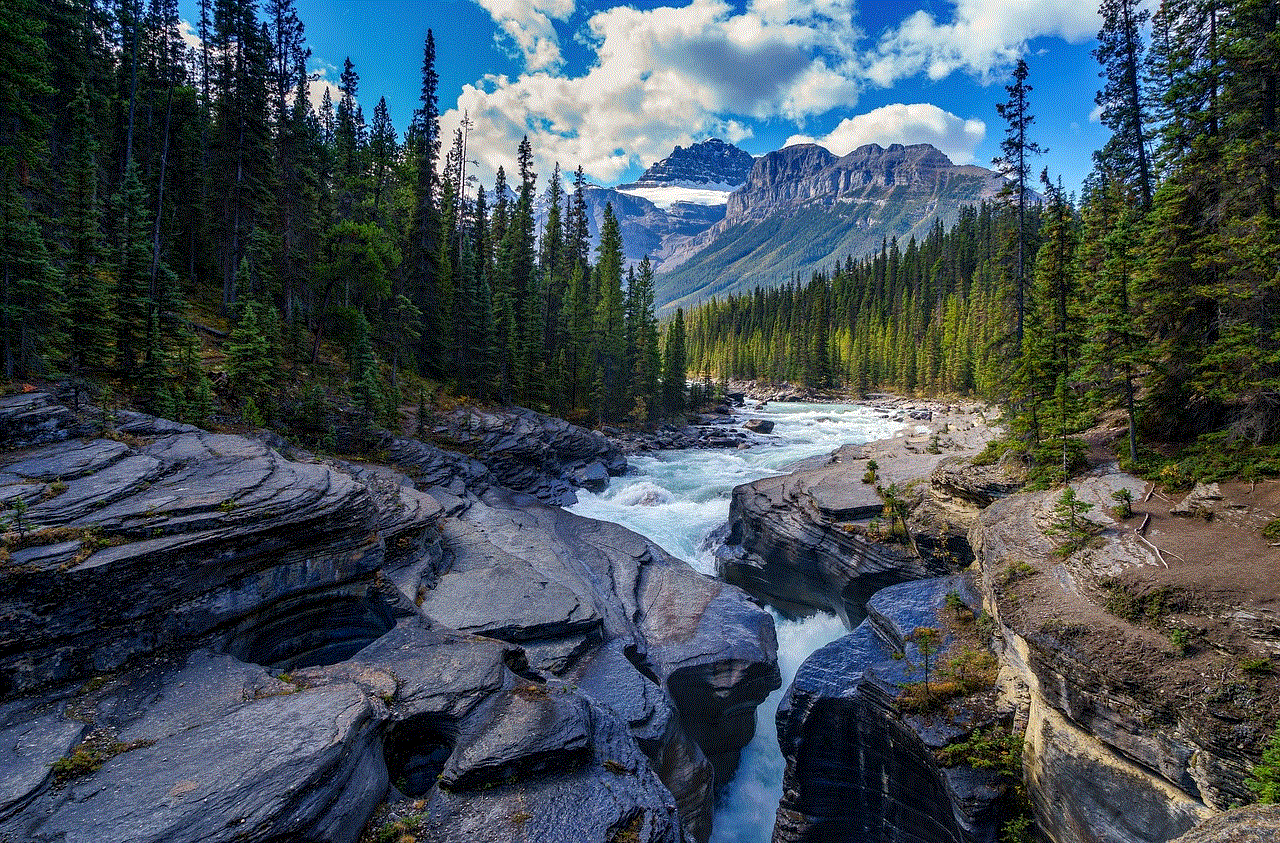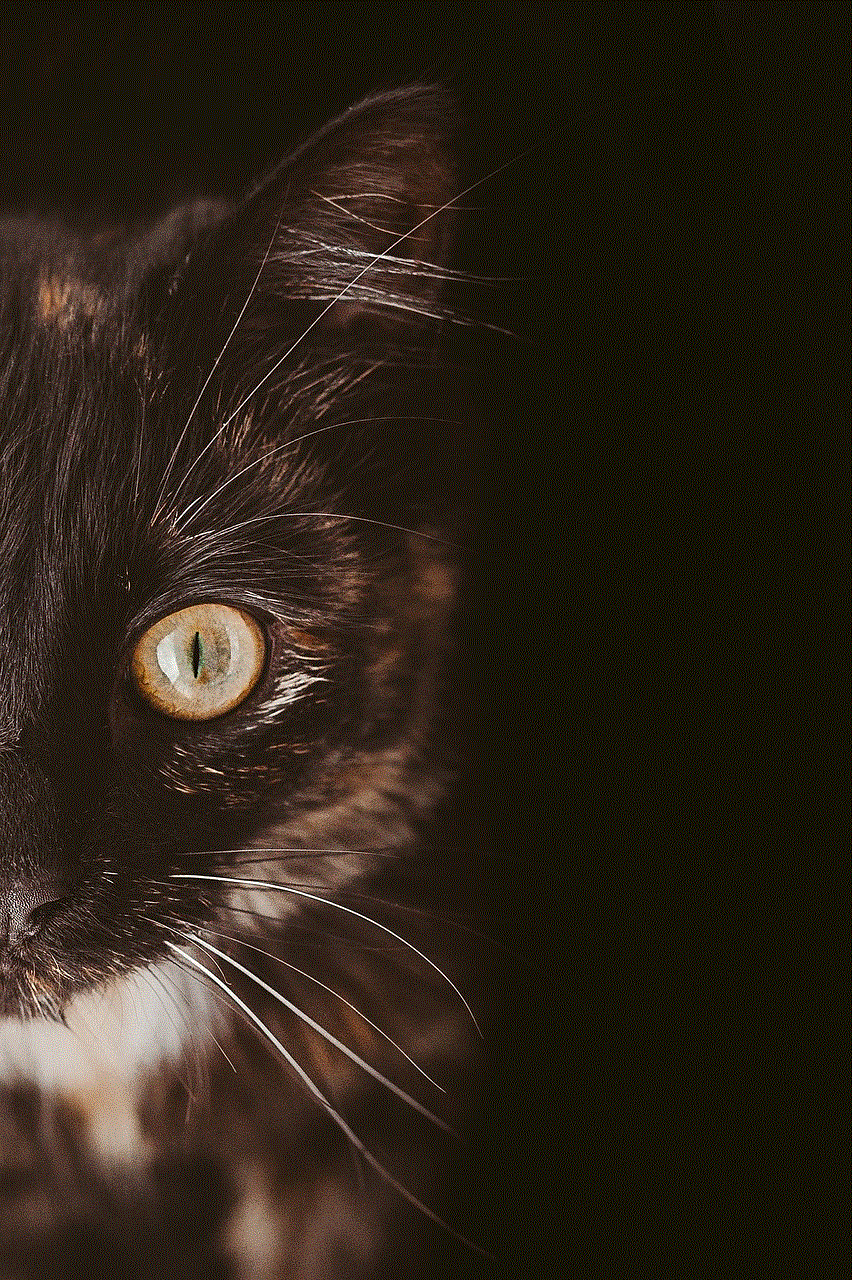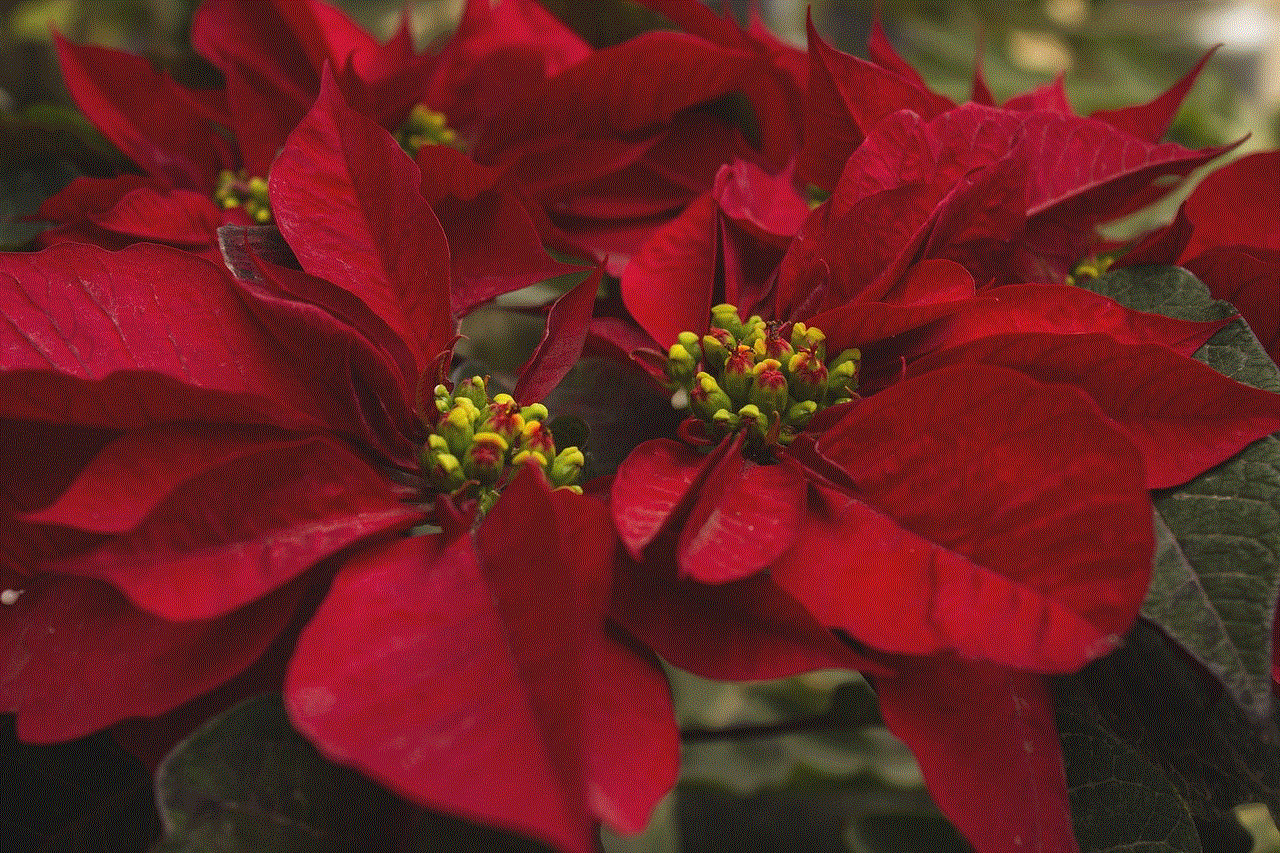bc urban dictionary
BC Urban Dictionary: A Comprehensive Guide to British Columbia Slang
British Columbia, or BC for short, is a province located on the west coast of Canada. It is known for its beautiful landscapes, diverse culture, and thriving urban cities. However, one aspect of BC that often goes unnoticed is its unique slang and dialect. From the mountains to the ocean, BC has a rich history of slang that reflects its diverse population and rich cultural heritage. In this article, we will explore the BC Urban Dictionary, a comprehensive guide to the slang and dialect of British Columbia.
1. Giv’er
The phrase “giv’er” is a quintessential BC term. It can be heard in every corner of the province, from the big cities to the small towns. It means to put in your full effort, to go all out, to give it your all. This phrase perfectly captures the adventurous, outdoorsy spirit of BC, where people are always pushing themselves to the limit.
2. Hoser
The term “hoser” originated in BC and has become a part of Canadian slang. It refers to someone who is not very bright or is a bit of a goofball. It is often used in a playful way among friends, but can also be used to describe someone who is uncool or a bit of a loser.
3. Toque
In BC, a toque is not just a hat, it is a way of life. The term originated from the French word “toque”, meaning a chef’s hat, but in BC it refers to a knitted winter hat. With the province’s cold and wet climate, toques are a staple in every BC wardrobe.
4. Sledneck
BC is known for its outdoor activities, and one of the most popular is snowmobiling. A “sledneck” is someone who is obsessed with snowmobiling and spends most of their free time riding their sled. It is a term that is used with pride in the province, as snowmobiling is a way of life for many BC residents.
5. Loonie and Toonie
These are not just the names of Canadian coins, they are also commonly used terms in BC. A “loonie” refers to the one-dollar coin, while a “toonie” is the two-dollar coin. These terms are used so frequently in BC that they have become a part of everyday vocabulary.
6. Bud
In BC, “bud” is not just a nickname for a friend, it is also a term for marijuana. BC has a thriving cannabis culture, and the term “bud” is used to refer to the plant itself, as well as the act of smoking it. With the recent legalization of marijuana in Canada, “bud” has become an even more commonly used term in BC.
7. Scrambled
In BC, when someone says they are “scrambled”, it means they are hungover. This term is often used to describe the feeling of being disoriented and unwell after a night of heavy drinking. With the province’s love for craft beer and local wines, being “scrambled” is a common occurrence for many BC residents.
8. Chinook
A “chinook” is a warm, dry wind that blows down the eastern slopes of the Rocky Mountains in BC. It is a term that is used to describe the weather phenomenon, but it is also used to describe someone who is a bit of a hot-head. The term originated from the Chinook people, who were known for their fiery temperament.
9. The Island
When someone in BC says they are going to “the Island”, they are referring to Vancouver Island. This large island is located off the coast of BC and is home to the provincial capital, Victoria. The Island is a popular destination for outdoor activities, as well as a laid-back lifestyle.
10. The Mainland
The “Mainland” is a term used to describe the area of BC that is not Vancouver Island. This includes the cities of Vancouver, Richmond, Burnaby, and Surrey, among others. It is often used to differentiate between the island and the rest of the province.
11. Toke
Similar to “bud”, a “toke” is a term for smoking marijuana. It is commonly used in BC, where the use of marijuana is widely accepted. The term can also be used to describe the act of taking a drag from a cigarette or joint.
12. Boot
In BC, a “boot” is not just a piece of footwear, it is also a term for the trunk of a car. It is a term that originated from the logging industry, where boots were often stored in the trunk of a car. The term has stuck and is now commonly used in BC to refer to the trunk of a car.
13. Cougar
In BC, a “cougar” is not just a large cat, it is also a term for an attractive older woman who is interested in dating younger men. This term is often used in a derogatory way, but some women in BC have embraced the term and use it to describe themselves.
14. Double Double
For many BC residents, a “double double” is not just a coffee order, it is a way of life. This term refers to a coffee with two creams and two sugars, and it is a term that is used exclusively in BC and other parts of Canada. It is a staple in the Tim Hortons culture, a popular coffee chain in BC and across Canada.
15. Toonerville
“Toonerville” is a term used to describe a small, isolated town in BC. It originated from the comic strip “Toonerville Folks”, which portrayed a small, fictional town. The term is often used in a derogatory way to describe a town that is seen as backwards or boring.
16. Mountie
A “Mountie” is a member of the Royal Canadian Mounted Police, also known as the RCMP. This term is used to describe the iconic red-coated police officers that are a symbol of Canada. In BC, Mounties can be seen patrolling the streets and highways, keeping the province safe.
17. Runners
In BC, “runners” are not just shoes, they are also a term for sneakers or athletic shoes. This term is used across Canada, but in BC it is particularly popular due to the province’s love for outdoor activities and sports.
18. Hike
In BC, “hiking” is not just a leisurely walk, it is a term for a challenging outdoor adventure. With its beautiful mountains and trails, BC is a hiker’s paradise. The term “hike” is often used to describe a long, strenuous walk in the wilderness.
19. The Rockies
“The Rockies” is a term used to refer to the Rocky Mountains, a mountain range that runs through BC and other parts of Canada. The Rockies offer stunning views and are a popular destination for outdoor enthusiasts in BC.



20. West Coast Best Coast
Last but not least, “West Coast Best Coast” is a term used to describe the laid-back, easy-going lifestyle of BC residents. It is a way of saying that the west coast of Canada, particularly BC, is the best place to live. This term captures the pride and love that BC residents have for their province.
In conclusion, BC has a unique and diverse slang and dialect that reflects its vibrant culture and diverse population. From the mountains to the ocean, the BC Urban Dictionary is a reflection of the province’s history, traditions, and way of life. Next time you find yourself in BC, be sure to use some of these slang terms and embrace the local culture.
how to turn off active status on instagram 2022
In today’s digital age, social media has become an integral part of our daily lives. Instagram , being one of the most popular social media platforms, allows users to stay connected with friends, family, and even celebrities. However, with the constant updates and new features being introduced, it is essential to be aware of the privacy settings and how to control them. One such setting is the “Active Status” feature, which shows when a user was last active on the app. In this article, we will discuss how to turn off active status on Instagram in 2022 and why it is important to do so.
What is Active Status on Instagram?
Active Status is a feature on Instagram that shows when a user was last active on the app. It is represented by a green dot next to the user’s profile picture and appears in various places on the app, such as the direct messages section and the followers’ list. This feature was introduced to make it easier for users to know when their friends and followers are available for a conversation. However, it has also raised concerns about privacy and the need for a choice to turn it off.
Why turn off Active Status on Instagram in 2022?
There can be several reasons why someone might want to turn off their active status on Instagram. The most common reason is privacy. Not everyone wants their friends or followers to know when they were last active on the app. It can also lead to unwanted messages or pressure to respond immediately. Turning off active status can give the users a sense of control over their online presence and privacy.
Another reason to turn off active status is to take a break from the constant notifications and messages on the app. Sometimes, we need a digital detox, and not having the pressure to respond to messages can be a relief. It also gives us the freedom to use the app without worrying about others’ expectations.
Moreover, turning off active status can also be beneficial for those who use Instagram for business purposes. As a business account, it is essential to maintain a professional image, and showing that you are active on the app 24/7 may not convey the right message. It is better to turn off active status and respond to messages and comments at a suitable time, rather than giving the impression of being always available.
How to Turn Off Active Status on Instagram in 2022?
Now that we understand the importance of turning off active status on Instagram, let’s discuss how to do it. The process is relatively simple, and there are two ways to turn off active status on Instagram.
Method 1: Turning off Active Status from the Settings
Step 1: Open the Instagram app and go to your profile by tapping on the profile icon at the bottom right corner.
Step 2: Click on the three horizontal lines at the top right corner to open the menu.



Step 3: Scroll down and click on the “Settings” option.
Step 4: In the settings menu, click on the “Privacy” option.
Step 5: Under the “Privacy” section, click on “Activity Status.”
Step 6: Toggle off the “Show Activity Status” option.
Method 2: Turning off Active Status from Direct Messages
Step 1: Open the Instagram app and go to your profile by tapping on the profile icon at the bottom right corner.
Step 2: Click on the direct messages icon at the top right corner.
Step 3: In the direct messages section, click on the “Settings” icon at the top right corner.
Step 4: Toggle off the “Show Activity Status” option.
Congratulations! You have successfully turned off your active status on Instagram.
Additional Tips for Privacy on Instagram in 2022
Apart from turning off active status, there are a few other things you can do to maintain your privacy on Instagram.
1. Make Your Account Private: By making your account private, you can control who can see your posts and who can follow you. This setting is useful for those who don’t want their posts to be visible to the public.
2. Manage Your Followers: Instagram allows users to remove followers without blocking them. If you don’t want a particular follower to see your posts, you can remove them from your followers’ list.
3. Limit Who Can See Your Posts: You can also limit who can see your posts by creating a “Close Friends” list. This feature allows you to choose specific followers who can see your posts, and the rest will not be able to view them.
4. Control Tagged Photos: You can control the photos you are tagged in by enabling the “Manually Approve Tags” feature. This way, you can approve or reject the tags before they appear on your profile.



Conclusion
In conclusion, turning off active status on Instagram in 2022 is a crucial step towards maintaining your privacy on the app. With the constant pressure to be always available and connected, it is essential to have a choice to turn off this feature. By following the simple steps mentioned above, you can easily turn off your active status on Instagram and have more control over your online presence. Remember to also explore the other privacy settings on the app to ensure a safe and enjoyable Instagram experience.
0 Comments